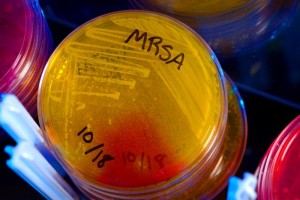
By Catherine Zandonella, Office of the Dean for Research
In response to the rise of drug-resistant pathogens, doctors are routinely cautioned against overprescribing antimicrobials. But when a patient has a confirmed bacterial infection, the advice is to treat aggressively to quash the infection before the bacteria can develop resistance.
A new study questions the accepted wisdom that aggressive treatment with high drug dosages and long durations is always the best way to stem the emergence and spread of resistant pathogens. The review of nearly 70 studies of antimicrobial resistance, which was authored by researchers at Princeton and other leading institutions and published last week in the journal Proceedings of the Royal Society B, reveals the lack of evidence behind the practice of aggressive treatment in many cases.
“We found that while there are many studies that test for resistance emergence between different drug regimes, surprisingly few have looked at the topic of how varying drug dosage might affect the emergence and spread of resistance,” said Ruthie Birger, a Princeton graduate student who works with C. Jessica Metcalf, an assistant professor of ecology and evolutionary biology and public affairs at Princeton’s Woodrow Wilson School, and Bryan Grenfell, the Kathryn Briger and Sarah Fenton Professor of Ecology and Evolutionary Biology and Public Affairs in Princeton’s Woodrow Wilson School. Birger, Metcalf and Grenfell coauthored the paper with colleagues from 16 universities. “We are a long way from having the evidence for the best treatment decisions with respect to resistance for a range of diseases,” Birger said.
Microbes such as bacteria and parasites can evade today’s powerful drugs by undergoing genetic mutations that enable them to avoid being killed by the drug. For example, bacteria can develop enzymes that degrade certain antibiotics. The logic behind aggressive treatment goes something like this: kill off as many microbes as you can so that few will be around to evolve into resistant forms.
But some scientists have observed a different outcome in mice infected with both an already-resistant strain of malaria and a non-resistant strain. The high-dose drug treatment killed off the non-resistant malarial parasites, leaving the resistant strains to multiply and make the mice even sicker.
The idea that aggressive treatment may backfire against malarial parasites led the authors of the current study to comb the scientific literature to examine whether the same may be true for other types of microbes such as bacteria. The few studies that they found — mostly in laboratory cell cultures rather than animal models or patients — suggest that the picture is complicated, and depends on whether the resistance is new or existing, how many mutations are necessary for the pathogen to become resistant, and how long the drugs have been in use. “It’s remarkable how little we know about this topic,” said Metcalf. “The malaria study conducted by Silvie Huijben and colleagues at Pennsylvania State University is an inspiring step towards developing an evidence base for these important issues.”
In the current analysis, the study authors found that drug resistance is governed by two factors: the abundance of the pathogen and the strength of the selection pressure that drives the pathogen to evolve. Aggressive treatment deals with the first factor by killing off as much pathogen as possible, while moderate treatment may, for some pathogens, reduce the ability for the resistant pathogen to thrive (for example, by maintaining the competitive advantage of a co-infecting drug-sensitive strain of the pathogen) but still reduce total pathogen levels sufficiently that the patient can recover.
Finding the ideal dose and duration of treatment, one that cures the patient without aiding the spread of resistance, will likely be done on a disease by disease basis, the authors found.
One possibility is that moderate treatment might be best used against already-resistant microbes to prevent their spread. Moderate treatment may also be best for drugs that have been on the market for several years with plenty of time for resistant strains to develop.
Aggressive treatment might be best for pathogens that develop resistance slowly, over the course of several mutations. High doses early in the process could be effective at heading off the development of resistance.
Roger D. Kouyos, C. Jessica E. Metcalf, Ruthie Birger, Eili Y. Klein, Pia Abel zur Wiesch, Peter Ankomah, Nimalan Arinaminpathy, Tiffany L. Bogich, Sebastian Bonhoeffer, Charles Brower, Geoffrey Chi-Johnston, Ted Cohen, Troy Day, Bryan Greenhouse, Silvie Huijben, Joshua Metlay, Nicole Mideo, Laura C. Pollitt, Andrew F. Read, David L. Smith, Claire Standley, Nina Wale and Bryan Grenfell. Proc. R. Soc. B: Biological Sciences, 281, 20140566. Published Sept. 24, 2014
The work emerged from two workshops held at Princeton University and funded by the RAPIDD program of the Science and Technology Directorate, Department of Homeland Security and the Fogarty International Center, National Institutes of Health; Science and Technology Directorate, Department of Homeland Security; contract HSHQDC-12-C-00058




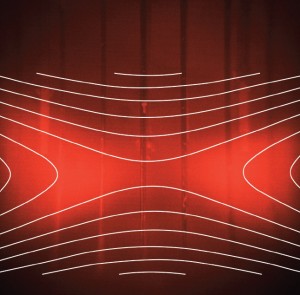

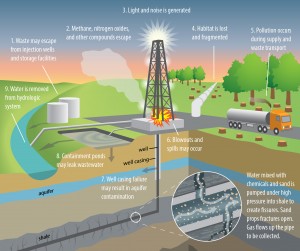
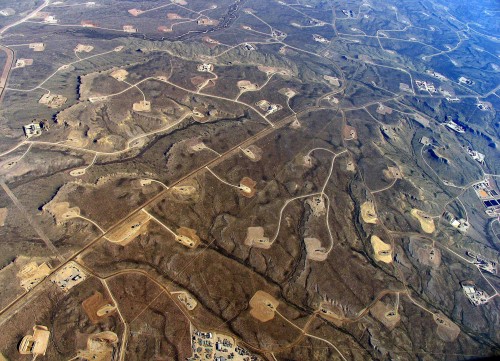
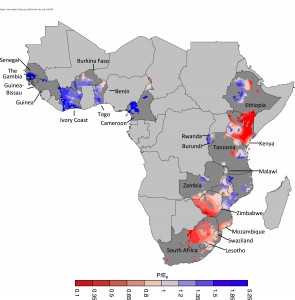

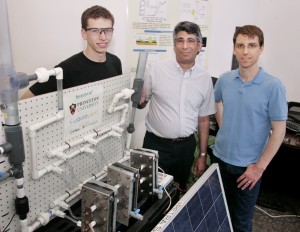


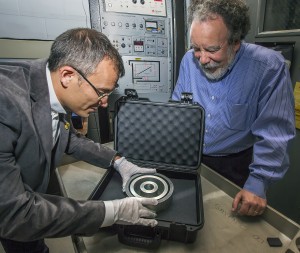
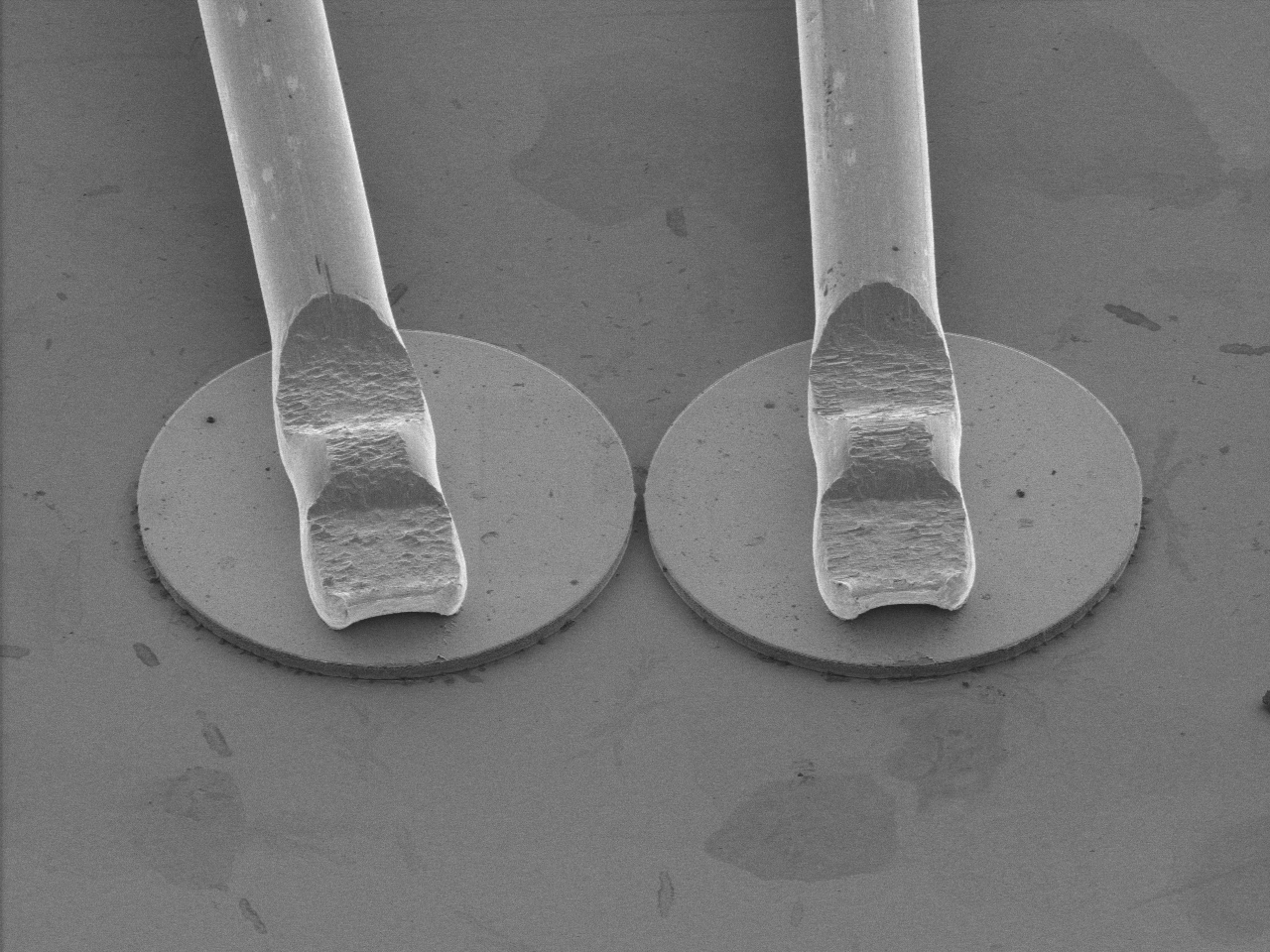
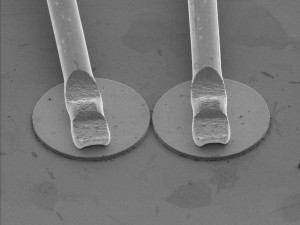
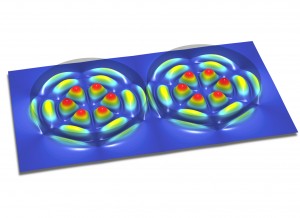
You must be logged in to post a comment.